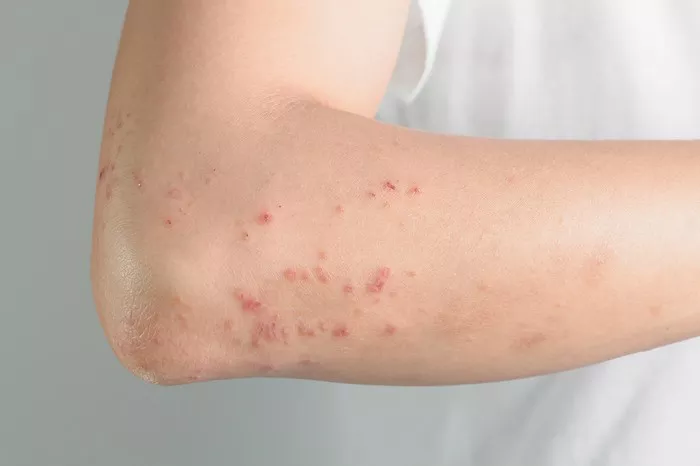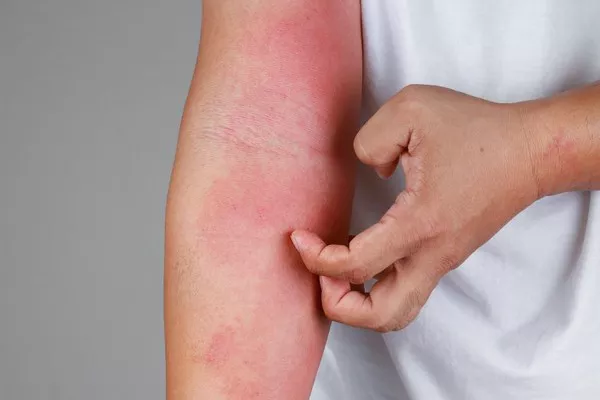Shingles, caused by the varicella-zoster virus (the same virus that causes chickenpox), is a painful rash that typically appears on one side of the body. It is more common in older adults and those with weakened immune systems. Vaccination is the most effective way to reduce the risk of developing shingles and its complications. This article explores and compares two vaccines—Zostavax and Shingrix—aimed at preventing shingles, helping you understand which may be better suited for your needs.
Understanding Shingles Vaccines
Before delving into the specifics of each vaccine, it’s important to understand how shingles vaccines work and why they are necessary:
1. Purpose: Shingles vaccines are designed to boost immunity against the varicella-zoster virus, reducing the risk of developing shingles or reducing its severity if it occurs.
2. Target Population: Vaccination is recommended for adults aged 50 and older, regardless of whether they have had chickenpox or not, as well as for those who have had shingles in the past.
Zostavax: The Live Vaccine
Zostavax was the first vaccine available to prevent shingles. It is a live, attenuated vaccine, meaning it contains a weakened form of the varicella-zoster virus.
Effectiveness
- Protection: Zostavax reduces the risk of developing shingles by about 51%.
- Duration: Protection decreases over time, with effectiveness waning after about 5 years.
Administration
- Dosage: Zostavax is administered as a single dose injection.
- Age Recommendation: It was initially recommended for adults aged 60 and older.
Side Effects
- Common: Mild side effects may include redness, pain, swelling at the injection site, and headache.
- Rare: Serious side effects such as severe allergic reactions are rare but possible.
Limitations
- Age Limit: Zostavax is not recommended for individuals with weakened immune systems or those with certain medical conditions.
- Effectiveness: It may be less effective in older adults compared to younger age groups.
Shingrix: The Recombinant Vaccine
Shingrix is a non-live, recombinant vaccine developed to provide stronger and longer-lasting protection against shingles compared to Zostavax.
Effectiveness
- Protection: Shingrix is more than 90% effective in preventing shingles across all age groups.
- Duration: Studies suggest protection remains high for at least 4 years after vaccination, with ongoing research to determine long-term effectiveness.
Administration
- Dosage: Shingrix is administered as a two-dose series, with the second dose given 2 to 6 months after the first.
- Age Recommendation: It is recommended for adults aged 50 and older.
Side Effects
- Common: Local reactions at the injection site (e.g., pain, redness, swelling) and systemic reactions such as muscle pain, fatigue, and headache are common but typically mild to moderate.
- Rare: Serious side effects are rare but can include severe allergic reactions.
Advantages Over Zostavax
- Efficacy: Shingrix provides higher and longer-lasting protection compared to Zostavax.
- Age Range: It is approved for use in adults aged 50 and older, a broader age range than Zostavax.
- Immune Response: Shingrix induces a strong immune response even in older adults and those with weakened immune systems.
Comparison and Considerations
Efficacy
- Zostavax: Offers moderate protection with effectiveness declining over time.
- Shingrix: Provides high and sustained protection, making it more effective in preventing shingles.
Safety
- Both vaccines are generally safe, with mild to moderate side effects commonly reported.
Administration Schedule
- Zostavax: Single dose.
- Shingrix: Two-dose series, which may be more inconvenient but offers superior protection.
Age Recommendations
- Zostavax: Initially recommended for adults aged 60 and older.
- Shingrix: Recommended for adults aged 50 and older, allowing for earlier protection.
Immune Response
- Zostavax: Relies on a weakened live virus to stimulate immune response.
- Shingrix: Utilizes a non-live recombinant technology to elicit a strong immune response.
Cost and Accessibility
- Cost: Shingrix tends to be more expensive than Zostavax, though cost may vary depending on insurance coverage and healthcare provider.
- Availability: Availability may vary; however, Shingrix has become widely available since its approval.
SEE ALSO: How Do Adults Catch Shingles?
Choosing Between Zostavax and Shingrix
Factors to Consider
- Age: Shingrix is recommended for adults aged 50 and older, while Zostavax was initially recommended for those aged 60 and older.
- Effectiveness: Shingrix offers higher and longer-lasting protection against shingles compared to Zostavax.
- Health Status: Individuals with weakened immune systems or certain medical conditions may benefit more from Shingrix due to its non-live formulation.
- Vaccination Schedule: The two-dose schedule of Shingrix may be more inconvenient but offers superior protection over time.
Consultation with Healthcare Provider
- Recommendation: Discuss your options with a healthcare provider to determine which vaccine is most suitable based on your age, health status, and preferences.
- Considerations: Factors such as cost, availability, and individual health considerations should also be discussed.
Conclusion
When considering vaccines for shingles prevention, both Zostavax and Shingrix offer protection against this painful condition. However, Shingrix has emerged as the preferred choice due to its higher efficacy, longer duration of protection, and broader age recommendation. While Zostavax remains an option for some individuals, particularly those who cannot receive Shingrix, healthcare providers generally recommend Shingrix for its superior performance and safety profile. Ultimately, consulting with a healthcare provider can help you make an informed decision based on your individual health needs and preferences, ensuring effective protection against shingles and its complications.
Related Topics:

























